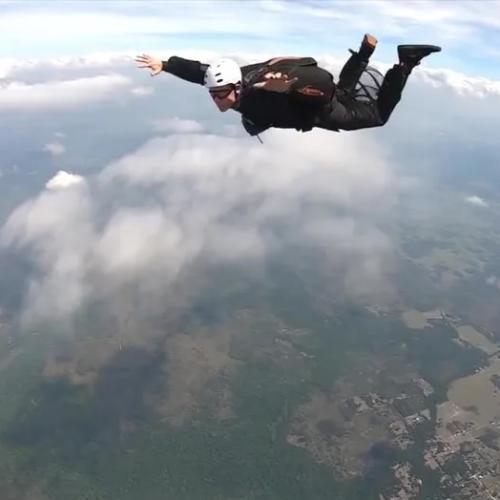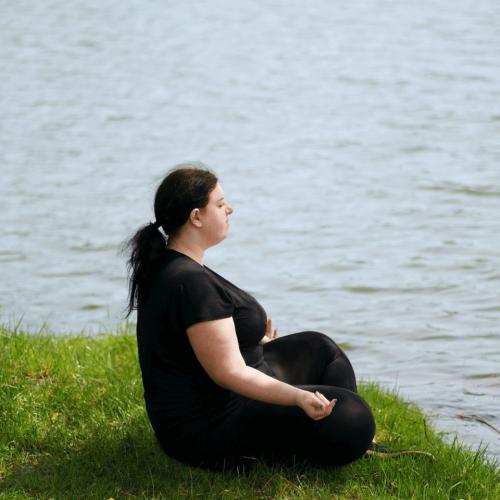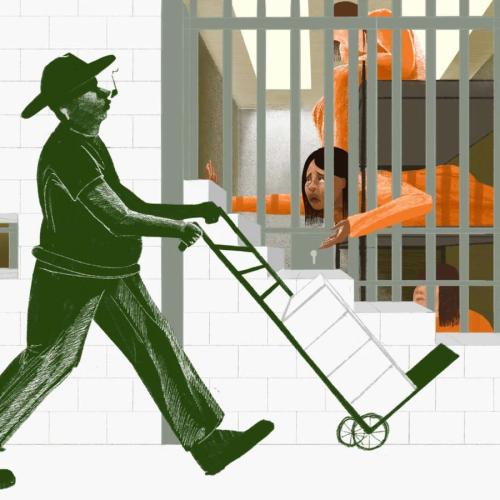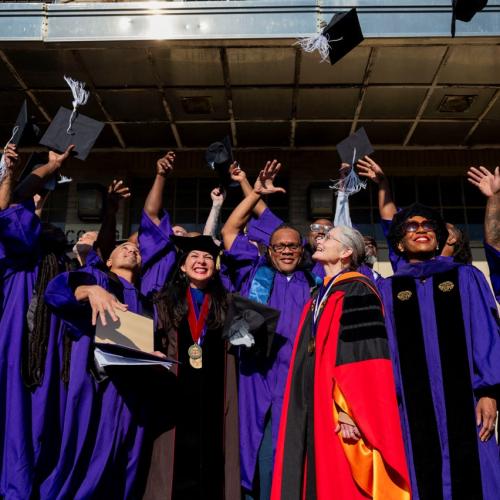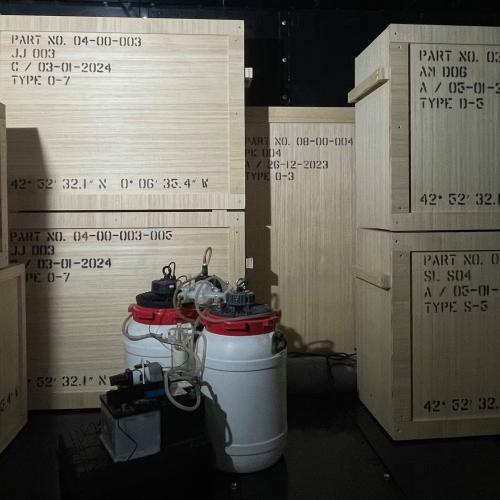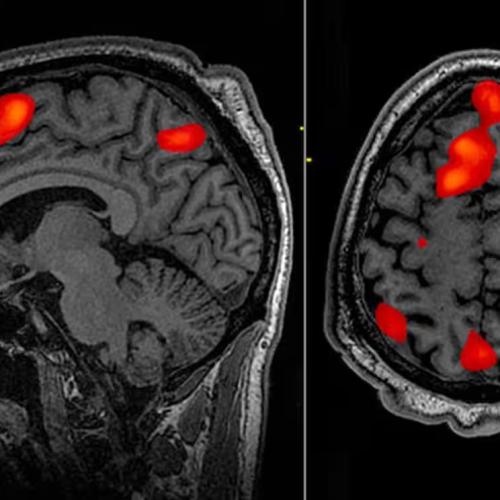Related Stories
Sprawling Maya network discovered under Guatemala jungle
Key Excerpts from Article on Website of BBC News
Posted: February 27th, 2018
http://www.bbc.com/news/world-latin-america-42916261
Researchers have found more than 60,000 hidden Maya ruins in Guatemala in a major archaeological breakthrough. Laser technology was used to survey digitally beneath the forest canopy, revealing houses, palaces, elevated highways, and defensive fortifications. The landscape, near already-known Maya cities, is thought to have been home to millions more people than other research had previously suggested. "I think this is one of the greatest advances in over 150 years of Maya archaeology," said Stephen Houston, [a] Professor of Archaeology and Anthropology. Results from the research using Lidar technology, which is short for "light detection and ranging", suggest that Central America supported an advanced civilisation more akin to sophisticated cultures like ancient Greece or China. Maya civilisation, at its peak some 1,500 years ago, covered an area about twice the size of medieval England, with an estimated population of around five million. With this new data it's no longer unreasonable to think that there were 10 to 15 million people there. One of the hidden finds is a ... complex network of causeways linking all the Maya cities in the area. The raised highways, allowing easy passage even during rainy seasons, were wide enough to suggest they were heavily trafficked and used for trade. "Understanding everything is connected across many square miles is amazing," said Mr Houston.
Note: For more along these lines, see concise summaries of deeply revealing archeology news articles from reliable major media sources.
Related Stories
Latest News
Key News Articles from Years Past








